The desire for a confident, healthy-looking smile does not diminish with age; if anything, it can become more pronounced as the signs of a lifetime of use become visible on our teeth. For seniors, the pursuit of cosmetic dentistry is not merely about vanity. It is about restoring function, alleviating discomfort, and reclaiming the confidence to smile, speak, and eat without self-consciousness. However, cosmetic dentistry for older adults is a distinct discipline, requiring a careful, nuanced approach that differs significantly from treatments for younger patients. The biological landscape of the mouth changes with age, introducing unique considerations that must be balanced with aesthetic goals.
The question for many seniors is not “Can I improve my smile?” but “What are the safest and most effective ways to do so, given the changes in my oral health?” This article will navigate the complex terrain of age-related oral changes, outline the cosmetic procedures considered safest for senior patients, and provide a realistic framework for setting expectations regarding outcomes, ensuring that the journey to an enhanced smile is both successful and health-focused.
The Changing Landscape: Critical Age-Related Considerations
A successful cosmetic treatment plan for a senior must begin with a thorough understanding of the physiological shifts that occur in the aging mouth. Ignoring these factors is the fastest path to complications and unsatisfactory results.
- Tooth Vitality and Dentin Transparency: Over time, the pulp chamber inside the tooth—where the nerve resides—naturally shrinks. This makes the teeth less sensitive, which can be a double-edged sword. While it may make some procedures more comfortable, it also means that large fillings or decay can be present with little to no pain, only being discovered once significant damage has occurred. Additionally, the enamel thins, and the underlying dentin becomes thicker and more opaque. This causes teeth to naturally darken and lose their youthful translucency, a crucial factor when selecting the shade for veneers or crowns.
- Gum Recession and Root Exposure: A lifetime of brushing, along with the potential for periodontal disease, often leads to gum recession. This exposes the root surfaces, which are covered in a much softer material called cementum. These exposed roots are not only highly susceptible to decay (root caries) but are also far more sensitive to procedures like teeth whitening and the preparation of teeth for crowns.
- Reduced Saliva Flow (Xerostomia): Hundreds of common medications taken by seniors list dry mouth as a side effect. Saliva is essential for neutralizing acids, washing away food debris, and remineralizing enamel. A chronically dry mouth dramatically increases the risk of rapid tooth decay and makes the mouth less resilient, complicating healing after procedures and the long-term survival of dental work.
- Existing Dental Work and Wear: Most seniors have a long dental history involving fillings, crowns, and bridges. A new cosmetic plan must integrate with and often repair or replace this existing work. Furthermore, a lifetime of chewing and possible bruxism (teeth grinding) leads to overall wear, shortening the teeth and changing the bite, which must be addressed to ensure new restorations are stable and functional.
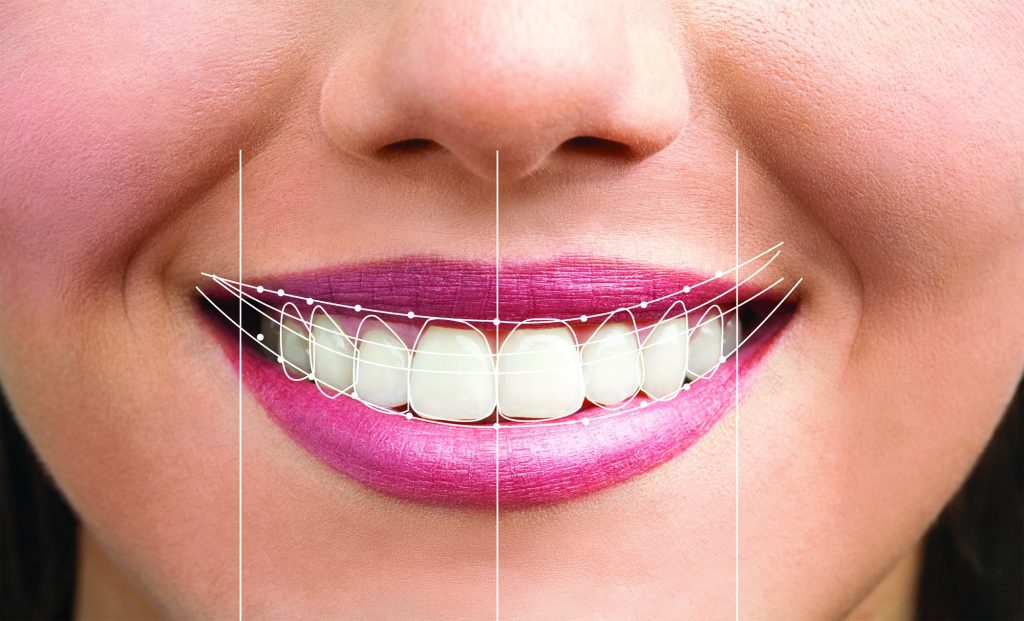
The Safest Path: Recommended Cosmetic Procedures for Seniors
Given these considerations, the guiding principle for cosmetic dentistry in seniors should be minimally invasive and maximally functional. The goal is to achieve aesthetic improvement while preserving the health and structure of the remaining natural teeth.
- Teeth Whitening (with Caution): Whitening can be a fantastic, non-invasive way to brighten a smile. However, for seniors, it must be approached carefully.
- Management: Due to gum recession and exposed dentin, sensitivity is a major concern. A dentist-supervised take-home system with a low-concentration peroxide gel and desensitizing agents is far safer than high-powered in-office treatments. The dentist can also provide custom trays that fit perfectly to minimize gel contact with sensitive roots.
- Realistic Expectations: Whitening does not lighten existing crowns, fillings, or the darkened dentin of non-vital teeth. The result may be a more multi-tonal smile, which can still be an improvement but may need to be complemented with other procedures.
- Direct Composite Bonding: This is one of the most versatile and conservative options. Tooth-colored composite resin can be applied without drilling to fill small gaps, repair chips on tooth edges, and—most beneficially—cover and protect sensitive, exposed root surfaces. It’s a quick, affordable procedure that can be completed in one visit with no anesthesia, making it ideal for addressing minor aesthetic and functional concerns.
- Porcelain Veneers (Selective Use): While more invasive, veneers can be a excellent solution for specific senior concerns, such as masking severe intrinsic staining or closing gaps where orthodontics is not an option. The key is selectivity.
- Ideal Candidate: A senior with good periodontal health, minimal existing restorations, and sufficient enamel for a conservative preparation.
- Crucial Consideration: The preparation for veneers on teeth with exposed roots can be challenging and may lead to post-operative sensitivity.
- Crowns and Bridges (Primarily for Function): While often considered restorative, these procedures have a major cosmetic component. Replacing an old, discolored, or broken crown with a modern, all-ceramic one can dramatically improve a smile’s appearance. Similarly, replacing a missing tooth with a bridge not only restores function but prevents the collapse and drifting of surrounding teeth, which can age the smile. The focus should be on using biocompatible materials that are kind to the opposing teeth and the gum tissue.
Setting Realistic Expectations: Understanding Outcomes and Limitations
A candid discussion about expected outcomes is the cornerstone of a successful senior cosmetic dentistry experience. The goal is enhancement, not perfection.
- The “Age-Appropriate” Smile: A row of perfectly uniform, stark white teeth can look artificial on a mature face. The most natural and pleasing results for seniors often involve:
- Slightly Lower Value (Whiteness): A shade that is bright but not brilliantly white, complementing the patient’s skin tone and age.
- Character and Texture: Incorporating slight variations in color, shape, and minor characterization (like subtle craze lines) mimics a lifetime of natural wear, creating a smile that looks authentic and belongs to the person.
- The Primacy of Oral Health: The ultimate success of any cosmetic procedure is dependent on the foundation it’s built upon. A senior must be committed to meticulous oral hygiene, regular dental check-ups, and managing dry mouth. Without this commitment, even the most expensive cosmetic work will fail prematurely due to recurrent decay or periodontal issues.
- The Functional Dividend: The greatest outcome for many seniors is often not purely cosmetic. A properly designed set of crowns or a well-fitted bridge can improve chewing efficiency and nutrition. Closing gaps and smoothing rough edges makes oral hygiene easier. Protecting exposed roots reduces sensitivity, allowing for a more varied diet. These functional improvements profoundly impact quality of life and overall health.
Conclusion: A Collaborative Journey to a Confident Smile
Cosmetic dentistry for seniors is a testament to the fact that it’s never too late to invest in your well-being. However, it requires a shift in perspective from the ideals of youth to the realities and opportunities of maturity. The journey must be a collaborative one between a knowledgeable, empathetic dentist and an informed patient.
By prioritizing health and function, choosing the least invasive effective procedures, and embracing realistic, age-appropriate aesthetics, seniors can achieve truly transformative results. The outcome is more than just a prettier smile; it is a restored ability to eat comfortably, speak clearly, and face the world with the confident, joyful expression that everyone deserves, at any age.

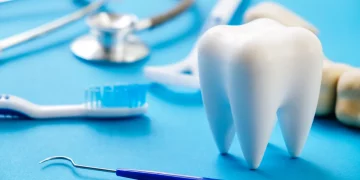



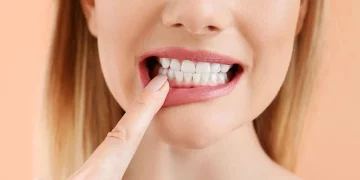
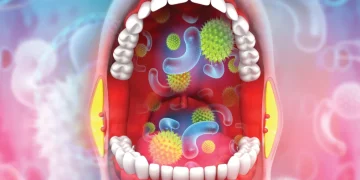



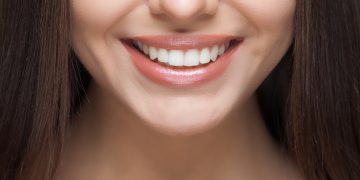

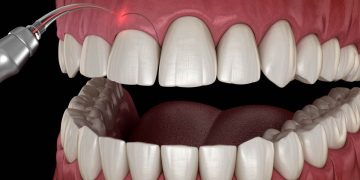

















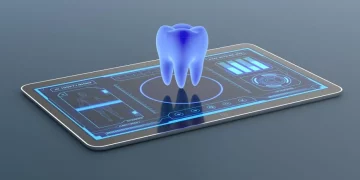
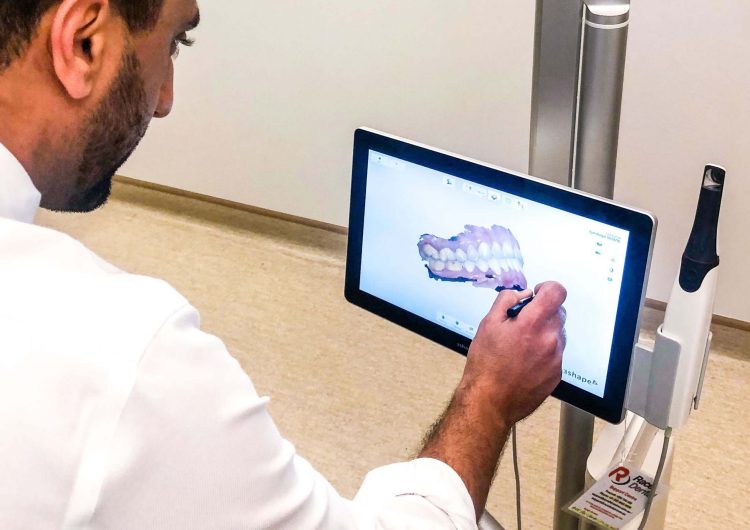













Discussion about this post